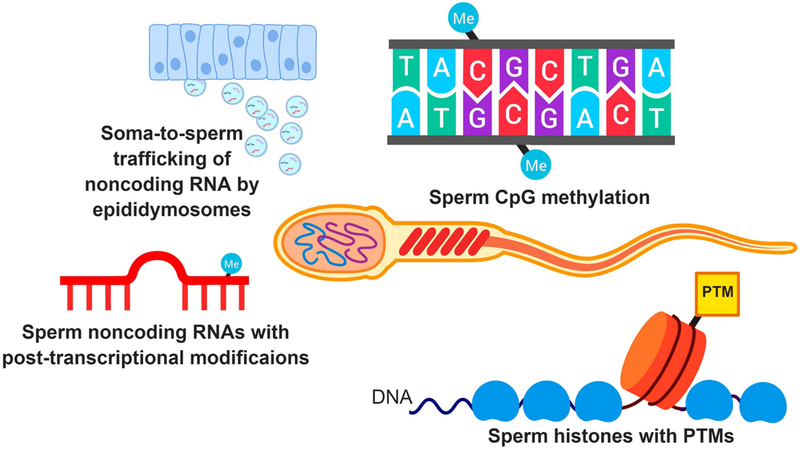Figure 1. Mechanisms of the sperm epigenome.

Sperm feature various epigenetic mechanisms, most notably DNA methylation, histone post-translational modifications (PTMs) and noncoding RNAs. The high levels of DNA methylation in sperm are primarily localized to cytosine phosphate guanine (CpG) dinucleotides. While many of the histones in sperm are exchanged for protamines, a small percentage of histones are maintained and contain PTMs. Finally, sperm contain diverse noncoding RNA types such as miRNAs and tDRs with accompanying post-transcriptional modifications. Many of the sperm noncoding RNAs are derived from extracellular vesicles secreted by epididymal somatic cells (i.e., epididymosomes).
